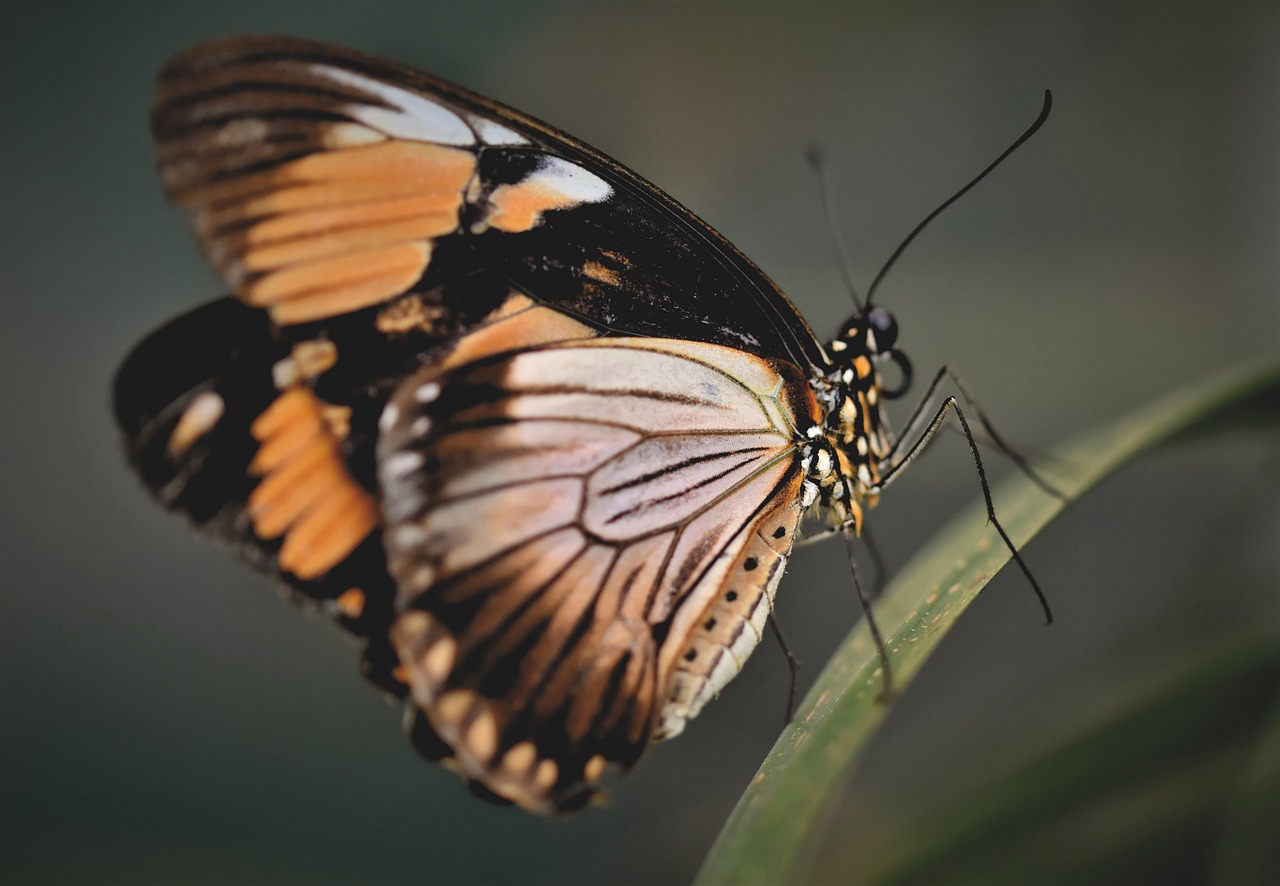The Remarkable Journey of Monarch Butterflies: A Tale of Resilience and Wonder
Monarch butterflies are an incredible species known for their striking beauty and epic migratory journey. Each year, they travel thousands of miles from Canada and the United States to Mexico, a feat that has fascinated scientists and nature lovers alike. This article explores the astonishing migration of monarch butterflies, their fascinating life cycle, and the challenges they face due to climate change and habitat loss.

The monarch butterfly, with its distinctive orange and black wings, is a familiar sight in North America. But it is their extraordinary migration that truly sets them apart. No other butterfly species undertakes such an immense journey, and the mechanisms behind this remarkable feat remain a source of great scientific interest.
Monarch Butterflies: The Long-distance Migrator
Monarch butterflies are renowned for their epic long-distance migration. Every fall, millions of monarchs embark on a journey that spans up to 3,000 miles, from their breeding grounds in Canada and the United States to their overwintering sites in the mountainous forests of central Mexico. Here, they wait out the winter in a dormant state before returning north in the spring. What’s incredible is that this journey, which stretches across multiple generations, is completed by butterflies that have never made the trip before.
The Intricate Life Cycle of Monarchs
The life cycle of a monarch butterfly is a fascinating process that involves four distinct stages: egg, larva (caterpillar), pupa (chrysalis), and adult. The cycle begins when the female monarch lays her eggs on the underside of a milkweed plant, the sole food source for monarch caterpillars. After hatching, the caterpillars feed voraciously on the milkweed, growing and molting several times before forming a chrysalis. Inside this protective casing, the caterpillar undergoes a dramatic transformation, emerging two weeks later as an adult butterfly.
Threats to Monarch Butterflies and Conservation Efforts
Despite their resilience and adaptability, monarch butterflies are facing dangerous threats. Climate change, habitat loss, and the use of pesticides have all contributed to a dramatic decline in monarch populations. Current estimates suggest that the eastern monarch population has declined by more than 90% in the last two decades.
Fortunately, conservation efforts are underway to help protect this iconic species. Planting milkweed and creating butterfly-friendly habitats are simple yet effective ways to support monarch populations. Moreover, policies aimed at reducing pesticide use and preserving critical habitat are crucial for the long-term survival of monarch butterflies.
The Priceless Value of Monarch Butterflies
Monarch butterflies, beyond their remarkable migration and striking beauty, play a vital role in our ecosystem. As pollinators, they help in the reproduction of various types of plants, many of which are crucial to human survival. Additionally, the tourism generated by their migration contributes significantly to the local economies of their wintering sites in Mexico.
The journey of the monarch butterfly is a testament to the wonders of the natural world. Their epic migration, intricate life cycle, and resilience in the face of adversity serve as powerful reminders of the importance of conserving our planet’s biodiversity. A world without the annual spectacle of the monarch migration would indeed be a less colorful and less fascinating place.




